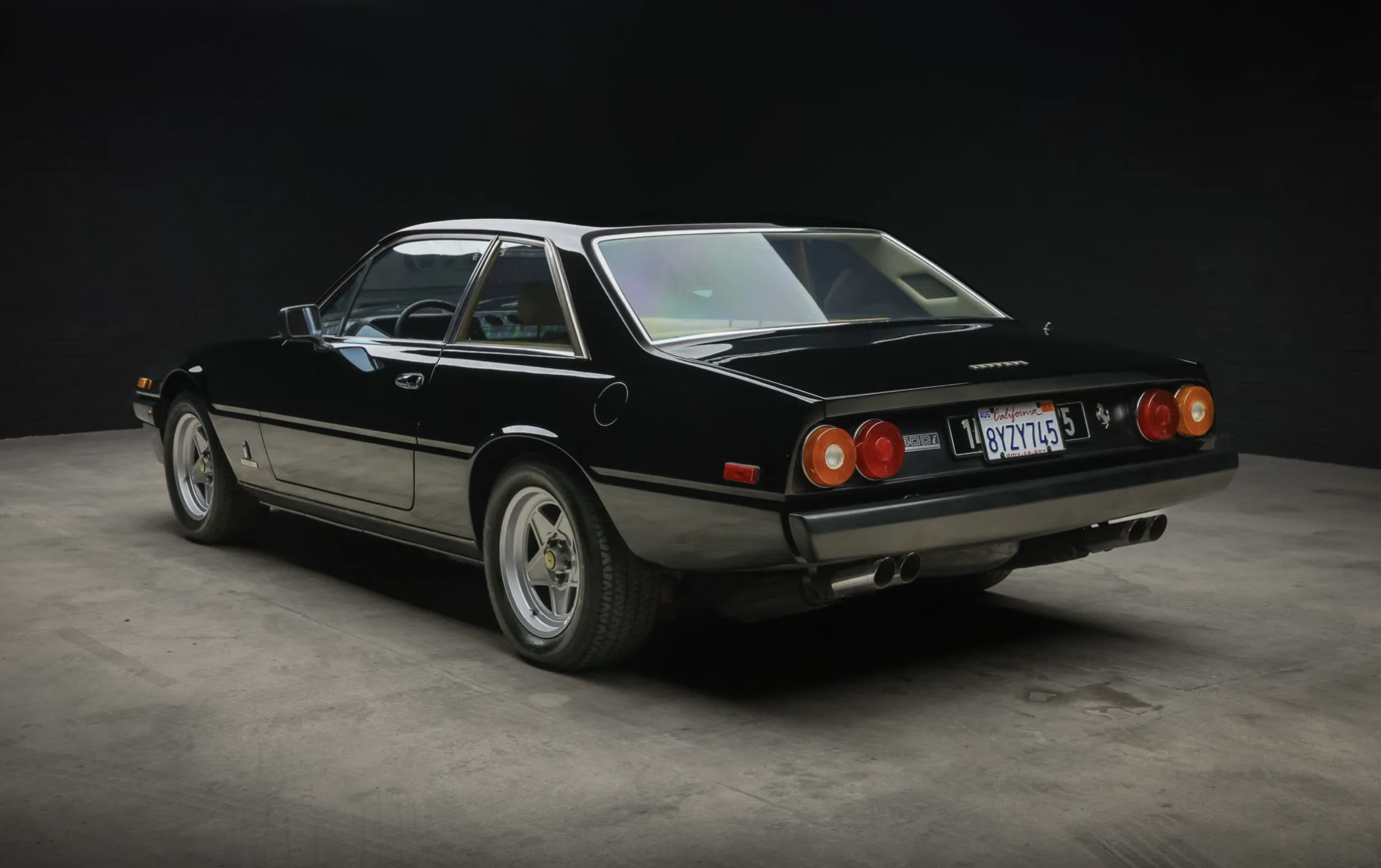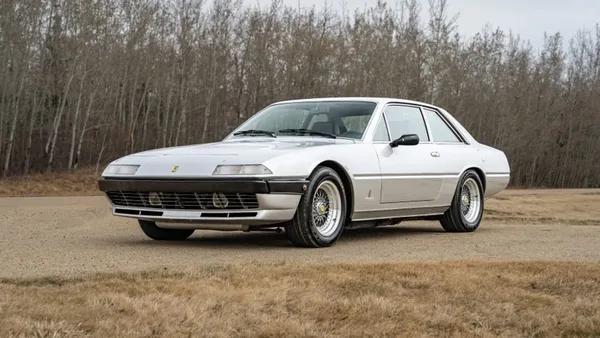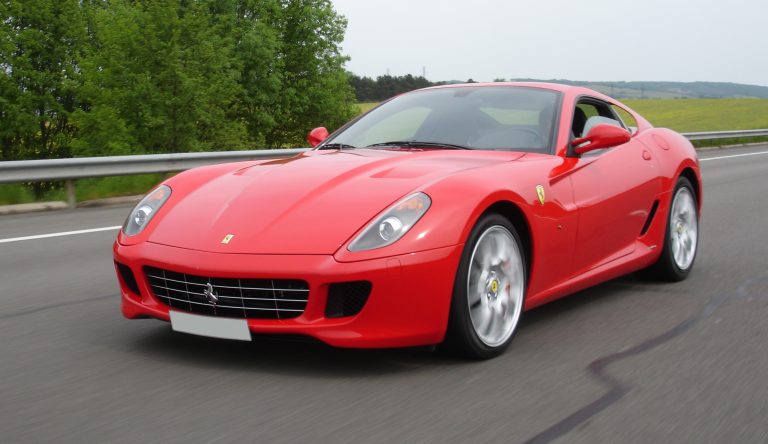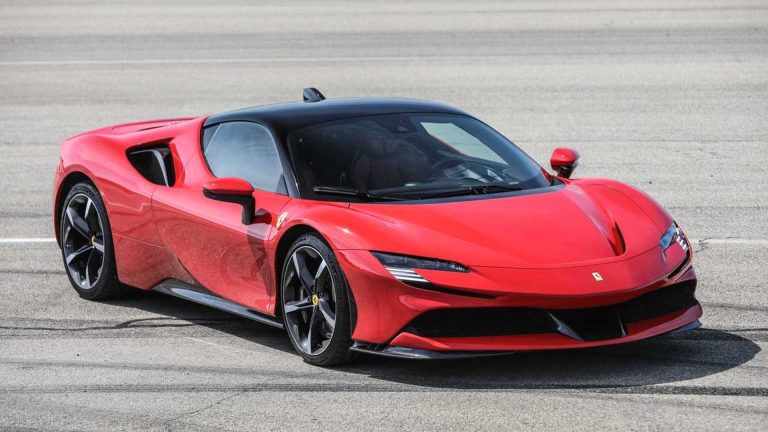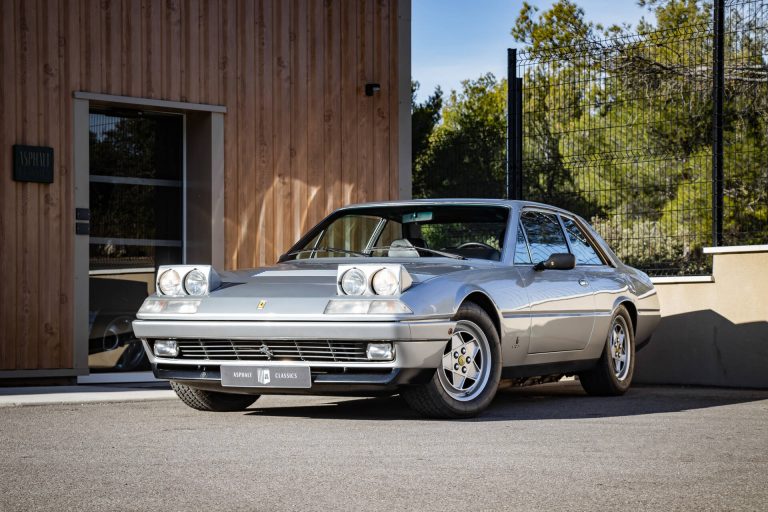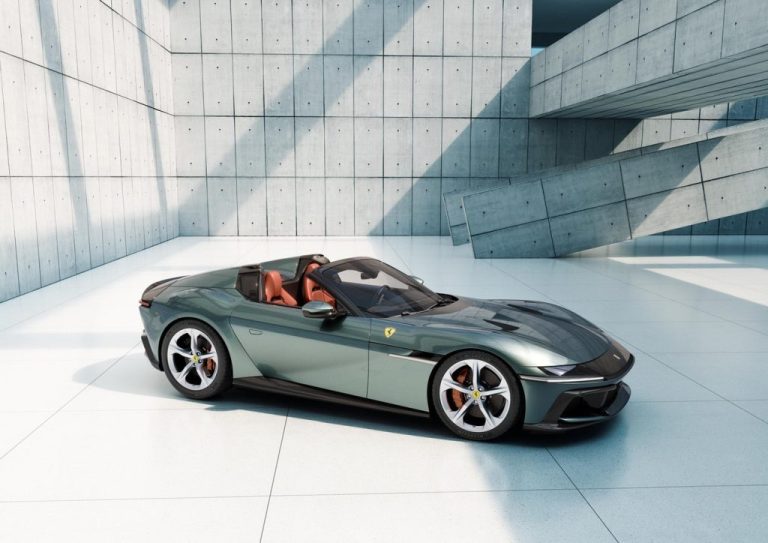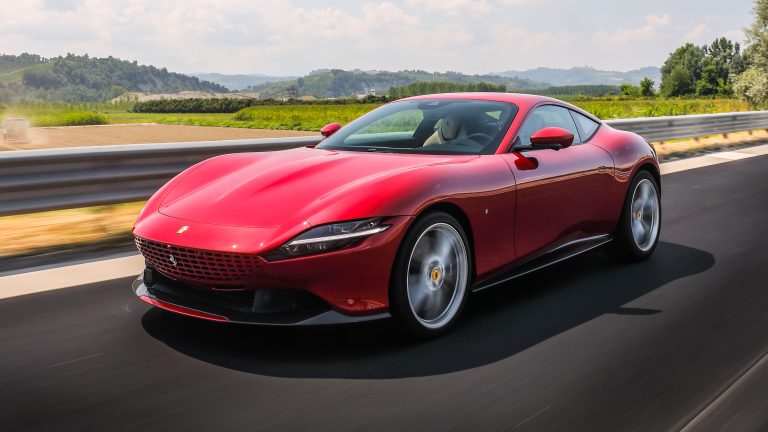Ferrari 400 Price, HP And Performance
The Ferrari 400 stands as a distinctive blend of luxury and performance, embodying the grand touring spirit with its elegant design and potent V12 engine. In this complete review, we will share the 400’s technical specifications, comfort features, and driving experience, providing a thorough assessment of its standing in classic car circles. Ideal for collectors and enthusiasts alike, we’ll see what makes the Ferrari 400 a unique and possibly underrated gem in Ferrari’s illustrious history.
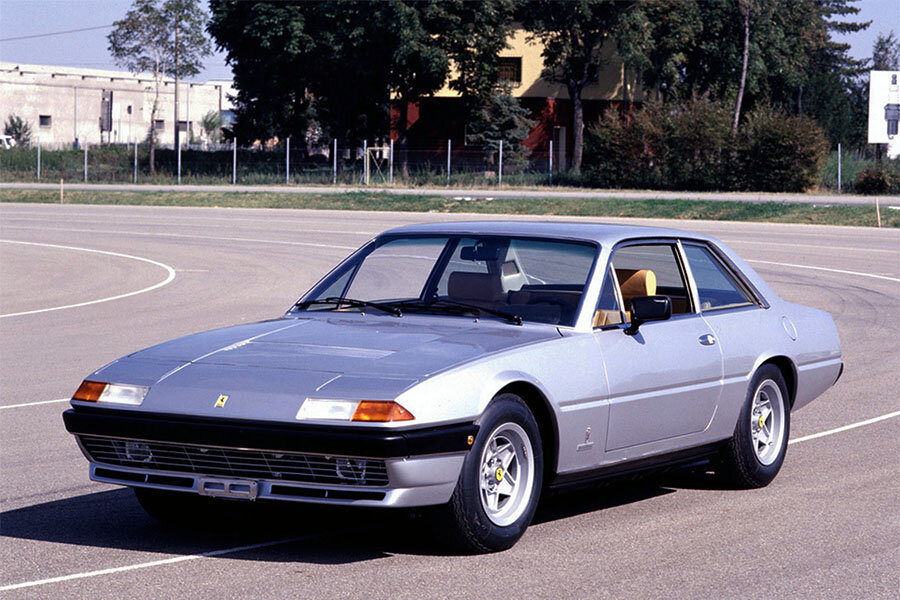
A Complete Ferrari 400 Review
In this review, we will cover the Ferrari 400’s design, performance, and legacy to appreciate its place in the Ferrari lineage.
1. Ferrari 400 Design and Aesthetics
Building on the legacy of its predecessors, the Ferrari 400’s design and aesthetics are a celebration of Ferrari’s vision for speed accentuated by an irresistible touch of elegance. Let’s explore the elements that make this vehicle a timeless marvel.
Exterior Features
The Ferrari 400 boasts a long, sleek hood that is indicative of its comprehensive powertrain beneath. An unmistakable manifestation of Ferrari’s aesthetic prowess, the car showcases distinctive popup headlights, a classic design choice that adds to its overall charm. One cannot help but notice the body-colored bumpers at the front, deep spoilers at the rear, black valance incorporating the fog lamps and exhaust pipes, and chic, flat-faced wheel fitted with Michelin TRX tires. This car truly is more than a means of transport – it’s an exemplar of design at its finest.
Interior Comfort and Layout
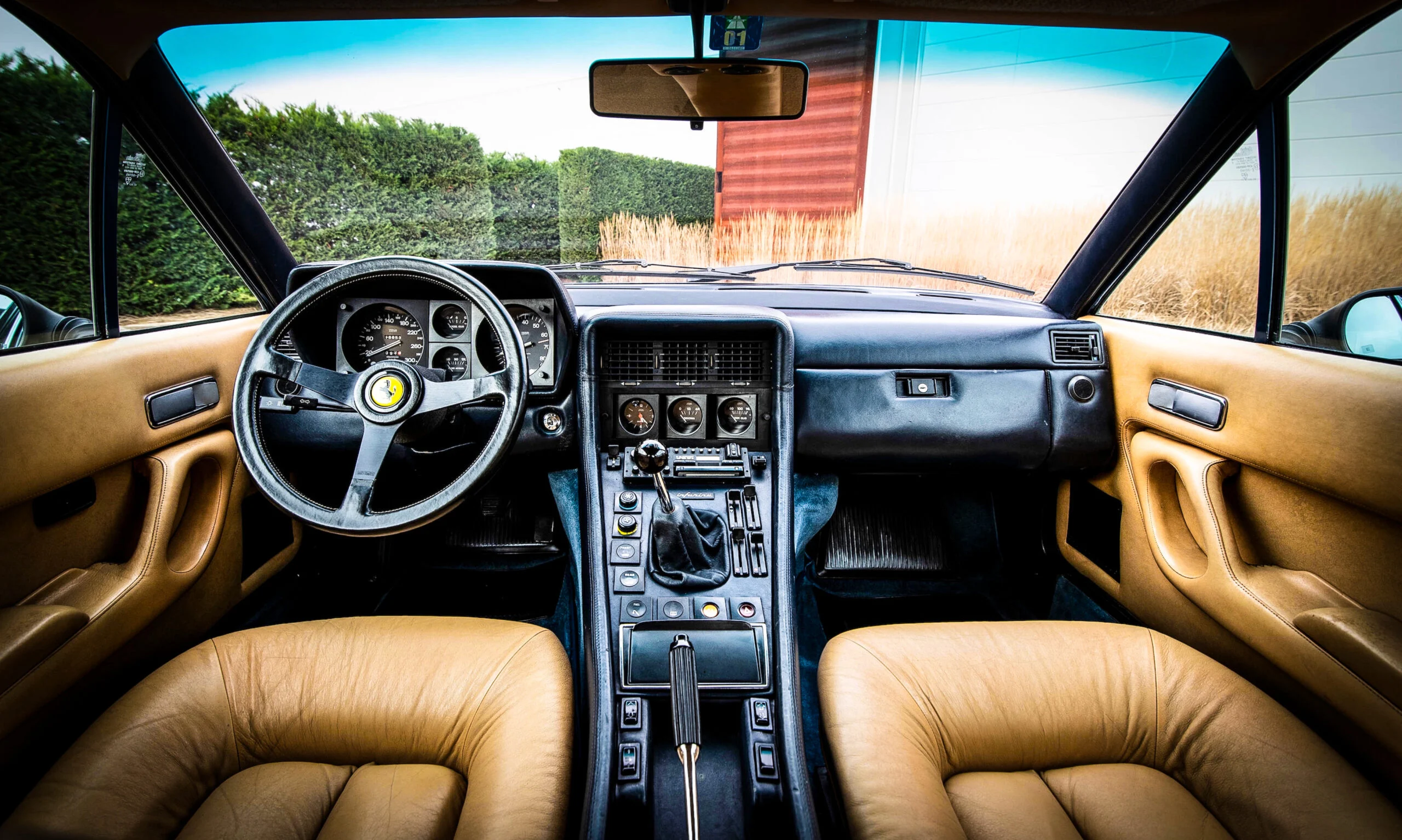
But the Ferrari 400 isn’t all about its stunning exterior. Step inside, and you’ll be welcomed by a spacious, luxurious interior that houses an elaborate dashboard and plush seating arrangements. The seats are ingeniously designed, fitting snugly while offering you superior comfort even on long drives. The driver’s cockpit is thoughtfully laid out, with an intuitive placement of knobs and buttons ensuring ease of control.
Thanks to these elaborate features, the Ferrari 400 seamlessly marries performance with luxury. Plus, considering it’s a classic vehicle whose production ended in 1989, owning one of these beauties is much more than a passage to enviable speed and comfort. It’s a ticket to an exclusive club, a testament to class and sophistication, waiting to turn heads and command attention whether cruising down the highway or resting in a driveway.
2. Ferrari 400 Performance
4. Variants of the Ferrari 400 Series
Throughout its production span, the Ferrari 400 underwent significant developmental phases. Each new variant introduced fresh tuning, aesthetic features, and performance aspects that further solidified Ferrari’s penchant for transforming luxury roadsters into elegant speed machines. Let’s check out the significant variants of the Ferrari 400 Series.
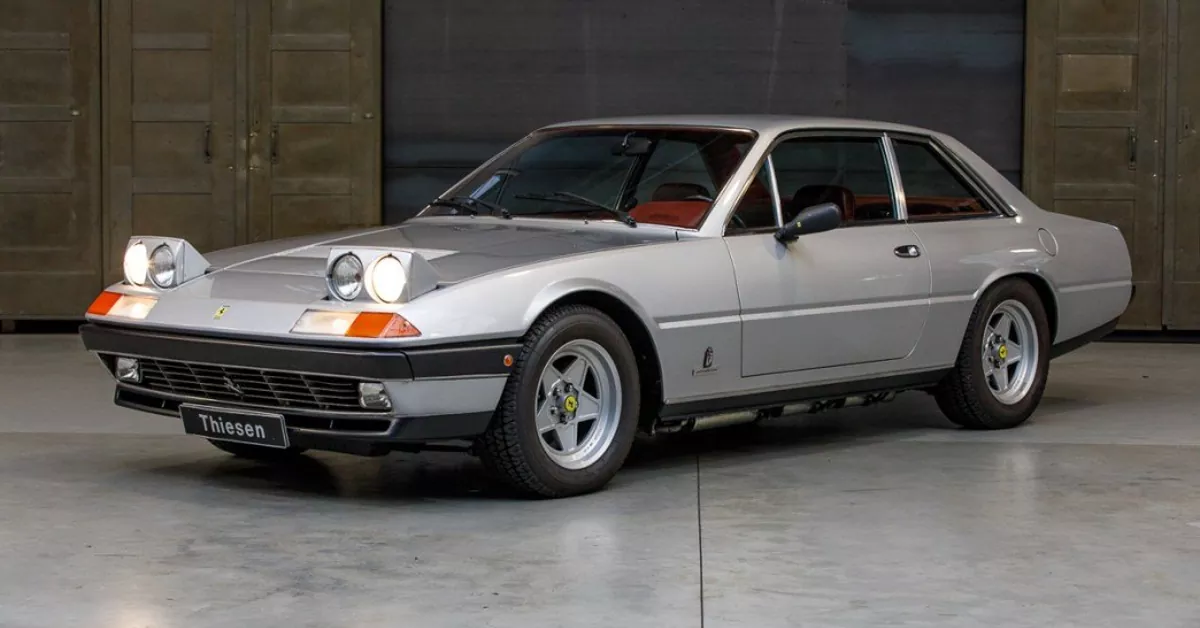
The 365 GT4 2+2: The Origin
The stellar lineage of the Ferrari 400 begins with the 365 GT4 2+2, which boasts a dynamism that transcends times. As you rev up the GT4 2+2, it’s hard to ignore the roaring sound of the classic V12 Colombo engine, packed with 340 horsepower waiting to be unleashed. Notably, the 365 GT4 2+2 was the first to flaunt the signature triple rear Carellos, an unmistakable physical attribute of a design master.
The Transition to 400 and 400i
As Ferrari’s design philosophy progressed, so did the 400 series. The transition from the 365 GT4 2+2 to the 400 ushered in the Bosch injection system in the latter’s ‘i’ version, marking a significant change in Ferrari’s performance mechanics. While the system has its critics, there’s no denying that it aids in effectively managing the car’s hunky power performance.
Moreover, the 400’s design includes a fully covered air scoop and an extended wheelbase – a feature absent from the 365 GT4 2+2. This change in design added a new dimension to the model’s aerodynamic variant, while the affordable Michelin TRX wheels somehow added a quirky charm to its persona.
5. Ferrari 400 Technical Specifications
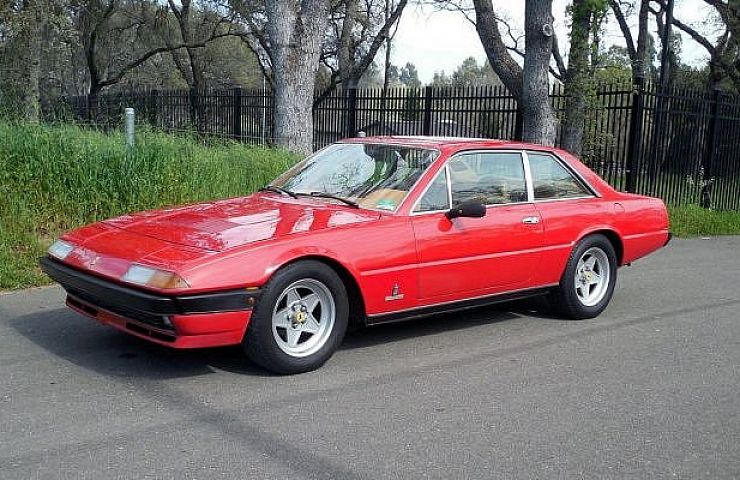
- Engine type: 4.8-liter V12
- Configuration: Front-engine, rear-wheel drive
- Displacement: 4,823 cc
- Fuel System: Initially equipped with Weber carburetors, later models (400i onwards) received fuel injection.
- Power Output: The early 400 models produced approximately 340 horsepower.
- Acceleration: The Ferrari 400 could accelerate from 0-60 mph in about 7 seconds.
- Top Speed: Approximately 150 mph (241 km/h), making it one of the faster grand tourers of its time.
- Manual: A 5-speed manual transmission was standard, providing engaging and direct control over the car’s considerable power.
- Automatic: The Ferrari 400 was notable for being the first Ferrari to offer an automatic transmission option, a 3-speed unit provided by General Motors, which broadened its appeal to a market segment looking for both luxury and convenience.
- Length: Approximately 4,810 mm
- Width: 1,796 mm
- Height: 1,310 mm
- Wheelbase: 2,700 mm
- Weight: About 1,700 kg, which was relatively heavy, reflecting its luxury appointments and solid construction.
- Suspension: The vehicle featured independent suspension all around, with coil springs, telescopic shock absorbers, and anti-roll bars, providing a balance between comfort and handling capability.
- Brakes: Equipped with ventilated disc brakes at both front and rear, ensuring effective stopping power.
Frequently Asked Questions
What is the historical background of the Ferrari 400 series?
The Ferrari 400 series were manufactured by the Italian automobile manufacturer, Ferrari, from the late 1970s to late 1980s. The series displayed a unique blend of grand touring luxury with performance-oriented design aspects, making it sought-after among Ferrari enthusiasts.
How does the Ferrari 400 series differ from other classic Ferraris?
The Ferrari 400 series, compared to other classic Ferraris like the 412 and 342 America, was designed with a more upscale and comfortable approach. It offered comparable performance with enhanced comfort and luxurious features, providing a unique appeal in the world of classic car collecting.
What are the variants within the Ferrari 400 series?
The Ferrari 400 series features three key variants, namely the initial 400, the revised 400i with fuel injection, and the updated 412. Each variant offered upgrades in design, technology and performance, enhancing overall drivability and appeal.
Where does the Ferrari 400 series stand in the resale market?
The Ferrari 400 series, despite not achieving record-breaking auction results due to high production numbers, holds a notable position in the resale market due to its historical significance, appealing design and performance attributes.
What is the Ferrari 400’s appeal in the world of classic car collecting?
The Ferrari 400 offers a unique blend of exclusivity, power, and aesthetic appeal. It may not command the same auction bids as some of its contemporary siblings, but its unique blend of attributes makes it a valuable addition to any serious collector’s garage.
How much horsepower does a Ferrari 400 GT have?
The Ferrari 400 GT, as part of the 400 series, originally housed a 4.8 L V12 engine that produced 340 horsepower.

Hi! I’m Larry Gibbs, studying mechanical engineering with a focus on cars. I really love Ferraris and write blog posts about the latest car stuff. When not studying or blogging, I’m usually on a road trip exploring new places. I also enjoy playing football and watching movies. Life’s an adventure, and I’m all about enjoying the ride!

